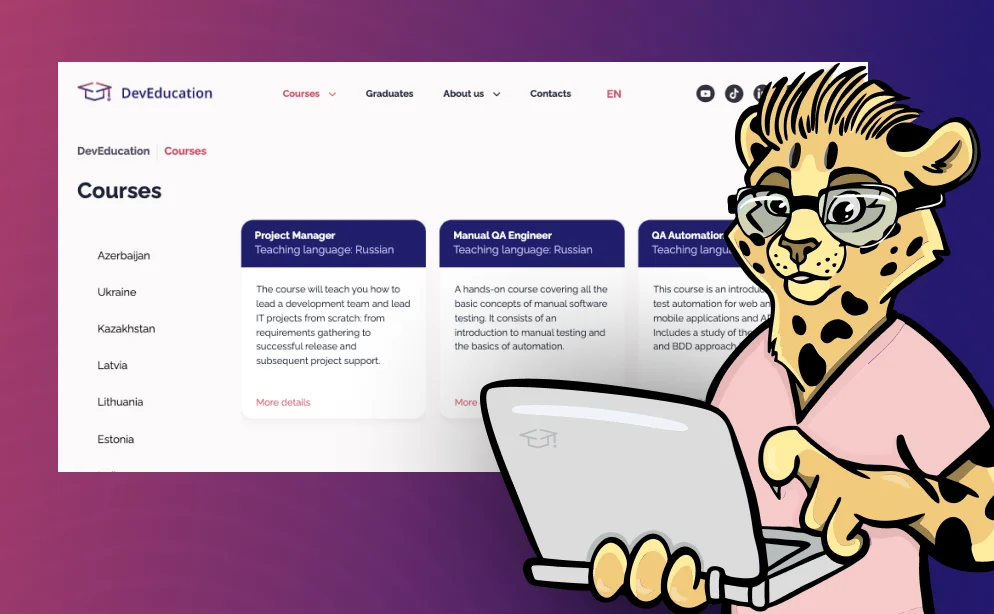It is capable of combining the various phases of the development life cycle, such as build, test, package, deploy, analysis, and many others. With a plethora of continuous integration tools available out there, Jenkins is among the top-ranked ones. Jenkins is an open-source automation tool developed in Java primarily for continuous integration. With Jenkins, developers find it easy and straightforward to integrate any change into software products.
This places Jenkins on a solid base that can be extended using common design patterns and frameworks. Learn how to create a Jenkins project and run the resulting build job. The Jenkins X project was formerly launched in 2018 with the goal of creating a modern, cloud native Jenkins. Its architecture, technology and pipeline language are completely different from Jenkins. Jenkins X is designed for Kubernetes and uses it in its own implementation.
What is Continuous Integration?
On the flip side, it supports conditional statements that provide support for error handling, adding logging, and accessing environmental variables. If the build does not pass in between tests, the developer is instantly notified to take suitable action. Now, Jenkins is ready to deploy the build to an environment that allows any User Acceptance Testing (UAT) before the release into the production pipeline. Before using Jenkins, an organization might need to manually launch its testing solutions – lengthening the QA process and making it substantially more expensive.

Organizations may use Jenkins to automate and speed up the software development process. Jenkins incorporates a variety of development life-cycle operations, such as build, document, test, package, stage, deploy, static analysis, and more. As you can see, branch sources for this kind of pipeline in my basic Jenkins installation can be Git or Subversion repositories, including GitHub.
DevOps Tutorial For Beginners
Jenkins is the most famous Continuous Integration tool, I know you are curious to know the reason behind the popularity of Jenkins, and if Jenkins is easy to learn. I am pretty sure after reading this What is Jenkins blog, all your questions will get answered. Jenkins has been around much longer than other solutions in this space. This, plus its flexibility, has led to it being widely deployed.

We care about helping developer teams find the optimal way to set up their organization’s CI/CD pipeline. As a job executor, Jenkins can be used to automate repetitive tasks like backup/restore databases, turn on or turn off jenkins what is machines, collect statistics about a service and other tasks. Since every job can be scheduled, repetitive tasks can have a desired time interval (like once a day, once a week, every fifth day of the month, and so forth).
Blog Categories
Looking towards the future, Jenkins has found a sweet spot in many DevOps environments. The future looks very bright for Jenkins as a key enabling technology for CI/CD pipelines for companies around the world. Used by many advanced DevOps teams delivering cutting-edge, cloud-native applications, https://www.globalcloudteam.com/ Jenkins has been around for quite a while. The project (originally called Hudson) was developed in 2004 by Kohsuke Kawaguchi while working at Sun Microsystems and released in 2005. After Oracle acquired Sun, the project was forked to remain open source and the fork was named Jenkins in 2011.
- Finally, Jenkins can deploy the build to an environment that allows for any needed user acceptance testing (UAT) before releasing it into production.
- Jenkins is well-known, with an extensive knowledge base, comprehensive documentation, and a thriving community.
- Jenkins X offers feedback for all pull requests, providing previews before pushing code changes to the staging and production environments.
- You can even get skilled in server automation, continuous integration, continuous deployment, build pipelines, and more.
- The community is quite involved, making it a very effective CI/CD tool.
- You will need to mention the name of the node and select permeant agent, then you can click on OK to do further configuration.
Let us imagine, that there are around 10 developers who are working on a shared repository. Some developer completes their task in 25 days while others take 30 days to complete. A step in this context is a specific command that performs a given action. Upon the successful completion of each step, the pipeline will continue to the next one.
What are the Jenkins Features?
If you need other kinds of repositories or different online repository services, it’s just a matter of adding the appropriate plugins and rebooting Jenkins. I tried, but couldn’t think of a source code management system that doesn’t already have a Jenkins plugin listed. With hundreds of plugins in the Update Center, Jenkins integrates
with practically every tool in the continuous integration and
continuous delivery toolchain.
A Jenkins project, or a job, is a user-made automation procedure with a particular goal. Jenkins offers various build jobs by default, and more are available through plugins. A node is a general term for agents and controllers, regardless of their actual role.
What is Jenkins and Why Should You Use It?
You can have various users in the Jenkins pipeline to edit and execute several processes. Additionally, you can pause Jenkins pipeline processes until you get user output. Jenkins X is useful regardless of your familiarity with Kubernetes, providing a CI/CD process to facilitate cloud migration.

Nightly integration is limited, occurring only once per day, as opposed to the continuous process of CI. Jenkins ensures that the code is good and tested well through continuous integration. The final code is merged only when all the tests are successful. This makes sure that no broken code is shipped into production. Code coverage is determined by the number of lines of code a component has and how many of them get executed. Jenkins increases code coverage which ultimately promotes a transparent development process among the team members.
Visual Testing 101: Enhancing Product Quality and User Experience
For example, setting an environment variable can be done in a step, executing a build command can also be a step. On the whole, a Jenkins Pipeline constitutes a series of steps. Jenkins installer is also available as a generic Java Package (.war). Jenkins can be configured to run an initial suite of unit tests to ensure that the commit did not “break the build”. If the tests do not pass, the developer can be immediately notified to take corrective action. ” as it is easy to determine which commit caused the build to fail.